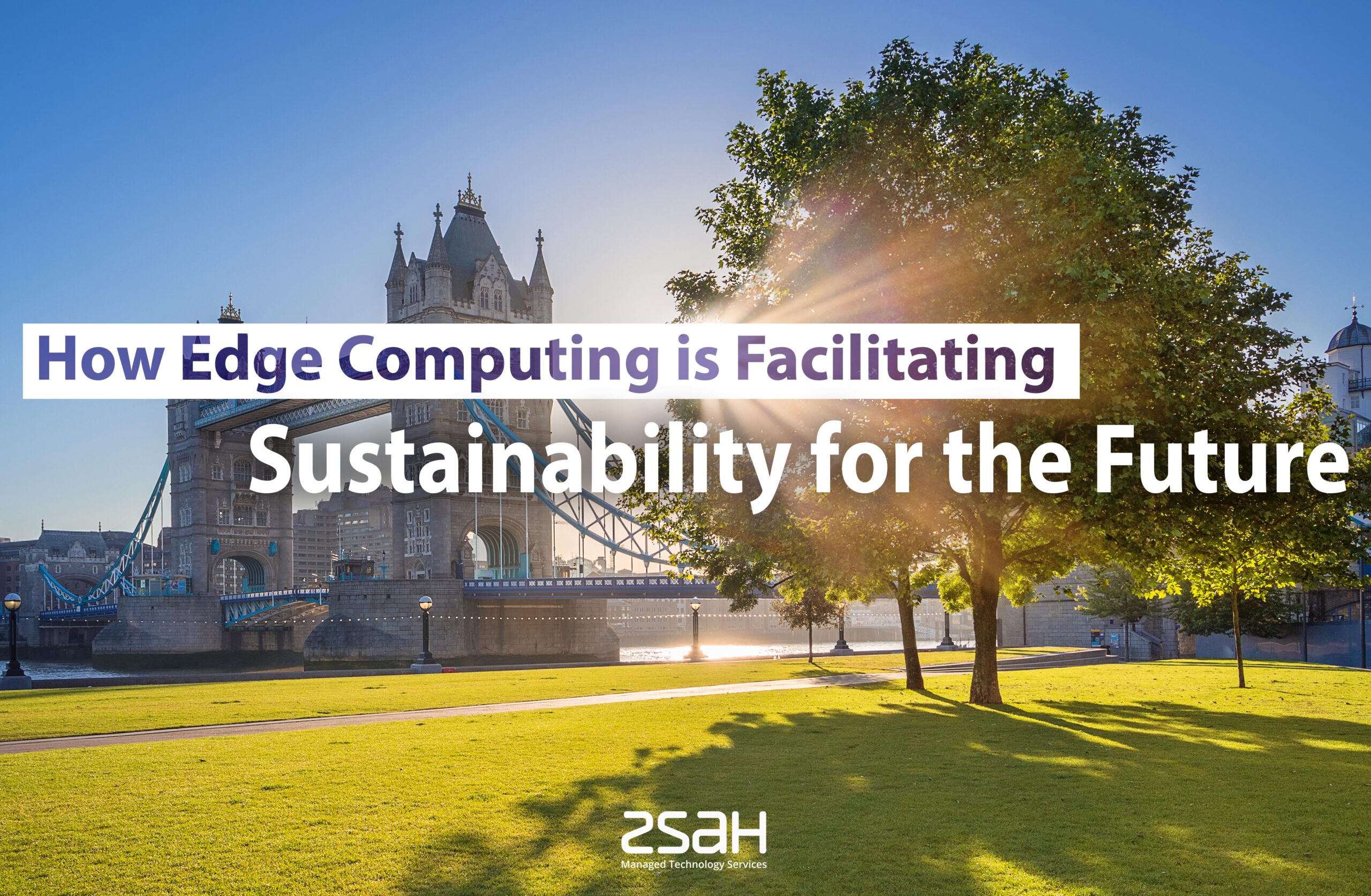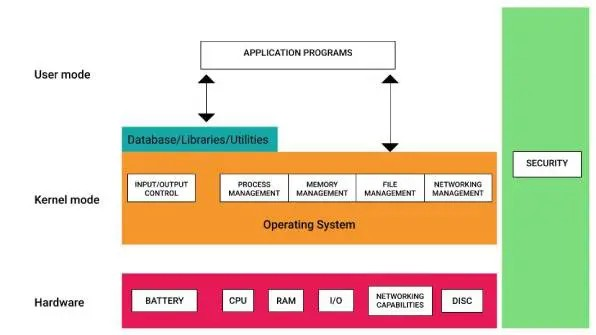How Edge Computing is Facilitating Sustainability for the Future

The effects of climate change, protecting the environment, and embracing the circular economy are issues currently riding high in the public consciousness. In the technology sector, infrastructure and service providers are becoming increasingly aware of the environmental issues surrounding mass data transmission. As we’ll discuss in this article, one way to address and help overcome these challenges is through the widespread adoption of edge computing.
How Conventional Cloud Computing can Promote Wastage and Environmental Damage
The distributed computing model that underlies conventional cloud deployments ultimately relies on physical data centre infrastructure. Typically, this may consist of several facilities which might be geographically dispersed at remote locations within the same country, or even across the globe.
The data centres powering a cloud computing environment are responsible for numerous functions, including data storage, computation, monitoring, and the transmission of information to and from the various sites they serve. All of this activity requires the purchase, installation, and maintenance of physical equipment such as file servers, network switches, and routers. These devices all require electrical power to operate, and for vital functions like cooling and ventilation that keep the physical infrastructure running smoothly.
Physical data centre operations therefore consume considerable amounts of resources -- and these resource consuming processes can exert a significant toll on the environment, in terms of greenhouse gas emissions, the release of pollutants, and the usage of essential raw materials and natural resources.
In fact, the proportion of global electricity used by data centres is currently estimated to be around 1-3%. What’s more, data centres are estimated to generate some 2% of worldwide CO2 emissions -- which puts them on a par with the aviation industry. Around 54% of this consumption can be attributed to the major public cloud providers (Google, Amazon, Microsoft, and Alibaba Cloud).
Shifting to more environmentally-friendly data centre technologies and renewable energy sources can help to reduce this impact. However, there is a need for a longer term and more effective solution, in terms of the ways in which we store, process, and transmit cloud data.
How an Edge Computing Architecture Promotes Sustainability
Much of the wastage that occurs in conventional cloud data transmission is due to the effective “round trip” that information has to make from its original source, to the remote cloud data centre, then on to its ultimate destination (which in many cases is the original source device itself).
Edge computing architectures avoid this circuitous route by siting data processing facilities close to the source devices and networks where information is actually generated. In an ideal edge cloud environment, data is stored and consumed locally on the device that creates it, such as a smartphone, Internet of Things (IoT) sensor, or smart consumer asset (speaker system, car, etc.). This approach requires a significantly less extensive hardware setup than conventional cloud, with an operating system, a data storage layer (database), a networking layer, and other essential functions locally on board.
[Image source: ObjectBox]
By keeping data storage and processing as localised functions, an edge computing architecture reduces cloud infrastructure requirements, and thereby conserves resources. With a reduced need for sending information to remote servers for processing, edge clouds minimise the amount of network traffic required. Restricting edge cloud database activities to processing information from smaller devices requires less computational power, and less centralised storage.
Since edge computing devices are typically small and modestly specified, these components must be designed for high resource efficiency. This in itself helps to reduce energy consumption. With many existing hardware devices already capable of limited amounts of data storage, edge computing also provides opportunities for sustainability in terms of reusing or retrofitting current infrastructure components.
Edge Computing Sustainability in Action
Edge computing is already contributing to sustainability efforts in a number of applications around the world. These often involve the deployment of IoT components and sensors, and include:
Lighting Schemes for Smart Cities
Using IoT sensors that respond to the level of daylight in an area, city engineers can configure smart public lighting systems to activate street and ambient lighting only when strictly needed, saving electricity and reducing emissions. Such a system currently saves the city of Chicago in the US around $10 million each year. In the UK, London estimates that smart lighting could save up to 70% of its current electricity use and costs, in addition to reducing its maintenance costs.
Monitoring Supply Chains to Reduce Food Wastage
IoT applications running on edge computing networks are playing a role in reducing food waste, by closely monitoring the movement and condition of farm inputs and finished products across the food supply chain. Along the route from farm to end consumer, IoT sensors can ensure that foods maintain a certain temperature and physical condition, and thus remain fresh and safe to eat for longer periods.
Reducing Waste through Smart Water Management
Edge cloud networks make it possible for IoT sensors and applications within their coverage area to closely monitor moisture levels in the soil and atmosphere. By regulating irrigation and building landscape watering systems to operate only when actually required, these smart water management solutions can save water, and help to safeguard the health of the local environment.
The Importance of Effective Cloud Management
Through the combined use of green data centres and edge computing deployments, organisations can reduce their energy consumption and harmful emissions, while enjoying the benefits of more efficient network usage and data handling. Edge computing in particular can significantly reduce the unnecessary consumption of network bandwidth and server capacity -- thereby promoting savings on infrastructure, electricity, and physical space.
However, sustainable and hybrid IT infrastructures may involve a mix of on premises, public cloud, and edge cloud architectures. Depending on the circumstances, an organisation may require different cloud providers for different applications, functions and capabilities. For enterprises with limited resources and in-house talent, managing multiple providers and applications is simply not practical.
zsah's innovative multi-cloud infrastructure management platform -- Gridz --offers you a simple and cost-effective way of managing your multi-cloud environment. Our dedicated team of managed hosting experts work 24x7 to monitor, adjust, and maintain the performance of your hosted infrastructure.
Our managed cloud hosting experts are your company’s first line of defence when it comes to monitoring and keeping your systems protected. You benefit from a dedicated managed cloud hosting account manager who is assigned to oversee your organisation and all account requests from start to finish. zsah will manage your private cloud infrastructure and still provide you with a high degree of control and complete transparency.
If you’d like to learn more about how zsah managed hosting can benefit your edge computing deployment and sustainability efforts, get in touch with us.


